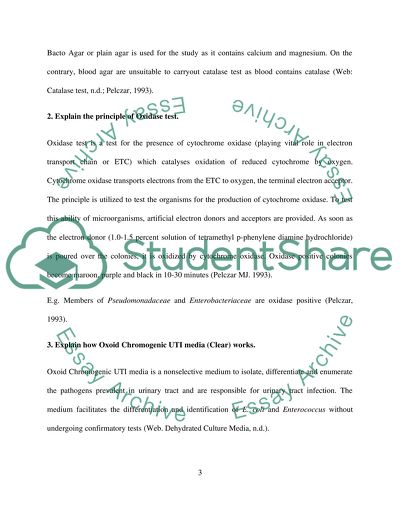Cite this document
(“MICROBIOLOGY Coursework Example | Topics and Well Written Essays - 2500 words”, n.d.)
Retrieved from https://studentshare.org/biology/1485102-microbiology
Retrieved from https://studentshare.org/biology/1485102-microbiology
(MICROBIOLOGY Coursework Example | Topics and Well Written Essays - 2500 Words)
https://studentshare.org/biology/1485102-microbiology.
https://studentshare.org/biology/1485102-microbiology.
“MICROBIOLOGY Coursework Example | Topics and Well Written Essays - 2500 Words”, n.d. https://studentshare.org/biology/1485102-microbiology.


